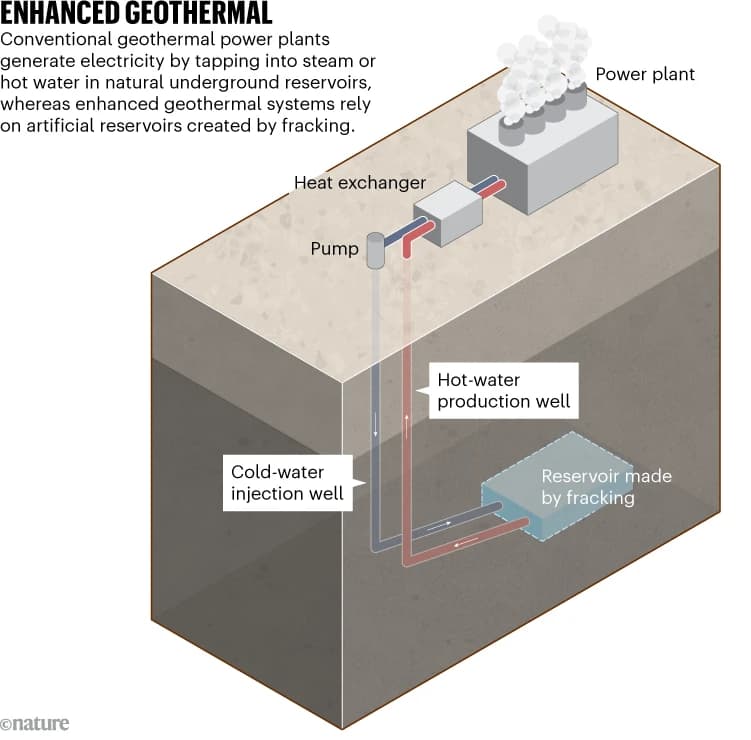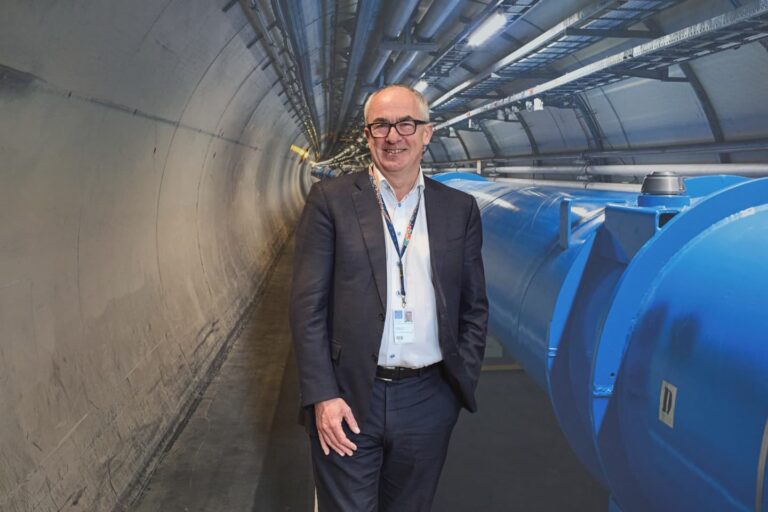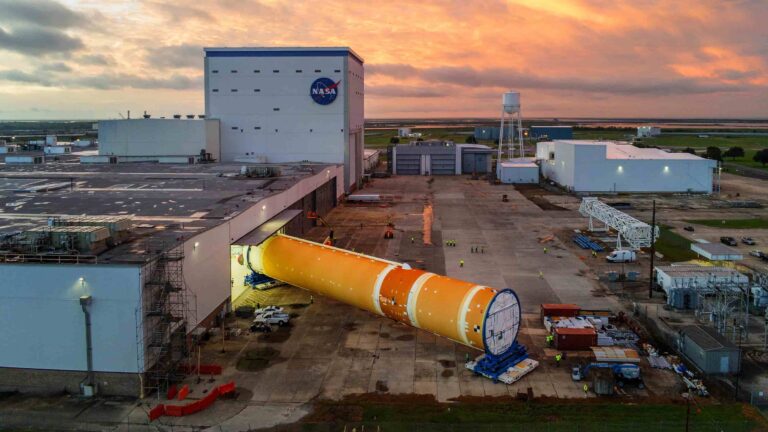Why Google and Meta are Switching to Geothermal Energy ?
As tech giants Amazon, Microsoft, and Google make headlines with nuclear-energy deals, another low-carbon energy source is gaining momentum: next-generation geothermal. Companies like Meta and Google are investing heavily in this technology, which is poised for widespread commercial success, according to Lauren Boyd, Head of the Geothermal Technologies Office at the US Department of Energy (DoE).
A Game-Changer in Utah
On October 17, Fervo Energy, a Houston-based start-up, received a significant boost when the US government approved the expansion of its geothermal plant in Beaver County, Utah. This project could eventually generate up to 2,000 megawatts – comparable to two large nuclear reactors. With 400 MW already in the pipeline, the plant will provide round-the-clock power to Google’s energy-hungry data centers and other customers by 2028.
Meta Joins the Geothermal Rush
In August, Sage Geosystems, another start-up, partnered with Meta (Facebook’s parent company) to deliver up to 150 MW of geothermal power to Meta’s data centers by 2027. These deals demonstrate the growing interest in Enhanced Geothermal Systems (EGS), a technology that creates artificial reservoirs to tap the Earth’s heat, rather than relying on natural hot springs.
How EGS Works
- Deep Drilling: Boreholes are drilled several kilometers deep, reaching rocks at temperatures around 200 °C.
- Fracturing: Water and sand are injected at high pressure, creating fractures in the rocks and increasing permeability.
- Reservoir Creation: A reservoir of heated water is formed, which can be continuously extracted through a second borehole.
- Electricity Generation: The hot, pressurized water is used to generate electricity.

Image Credits: Nature
Overcoming Past Challenges
Previous EGS attempts (since the 1970s) have been largely unsuccessful. However, the past decade has seen significant improvements, thanks to:
- Oil and Gas Industry Techniques: Adopting better fracturing and horizontal drilling methods.
- Innovations from Utah FORGE: A DoE project that has nearly halved drilling costs, led by Lauren Boyd.
- Horizontal Drilling: Crucial for EGS success, as it allows for the creation of large, interconnected fracture networks (Joseph Moore, University of Utah).
Mitigating Seismic Risks
To address concerns about induced seismicity, companies like Fervo and Utah FORGE:
- Follow DoE Guidelines: Limiting fracking pressures to minimize quake risks.
- Continuous Seismograph Monitoring: Shutting down operations if thresholds are exceeded.
- Alternative Approaches: Eavor’s “advanced” geothermal technology foregoes fracking, using a magnetic guidance system instead.
Eavor’s Innovative Approach
- Closed-Loop System: Two boreholes with branching, parallel pipes that reconnect, eliminating the need for fracking.
- Magnetic Guidance: Enabling precise drilling without GPS at depths of up to 4.5 kilometers.
- Heat Absorption: Water absorbs heat through pipe casings, without direct rock contact.
Commercial Success on the Horizon
- Eavor’s first commercial plant in Germany will exploit 160 °C water, providing heating and 8 MW of electricity.
- While next-generation geothermal is currently more expensive than many energy sources, its ability to provide constant power makes it an attractive complement to variable renewables like solar and wind.
Geography and Economics
- Patchy Potential: Geothermal resources are concentrated in areas with active volcanism or thinner continental crust (e.g., the western United States).
- Cost Competitiveness: A study by Wilson Ricks (Princeton University) suggests geothermal could be cheaper than nuclear in much of the western United States, assuming plants can ramp generation up and down in response to demand.
The Future of Geothermal
As next-generation geothermal energy continues to advance, it’s poised to play a significant role in the global transition to low-carbon energy. With ongoing innovations and investments from major players, this technology is on the cusp of widespread commercial success.






